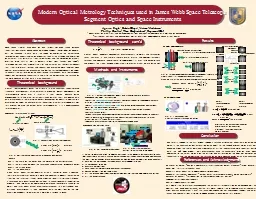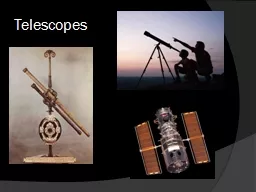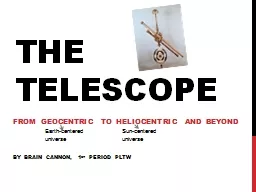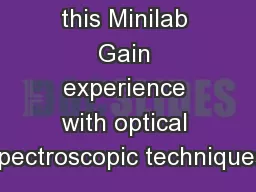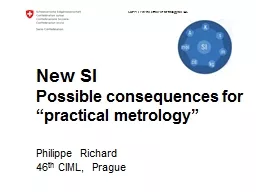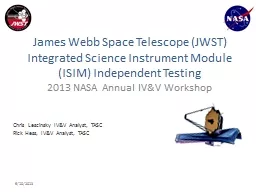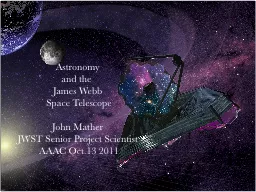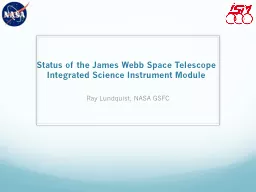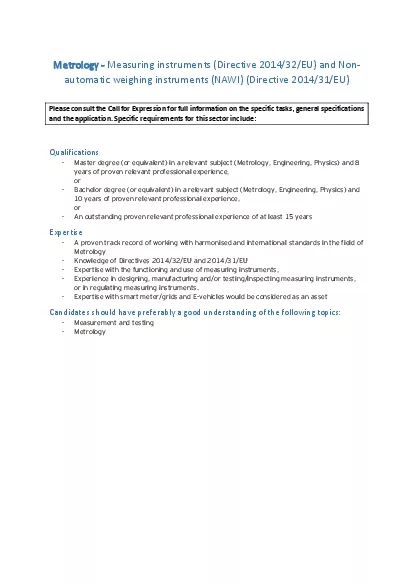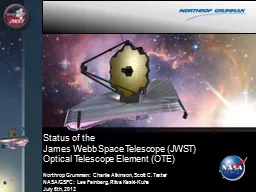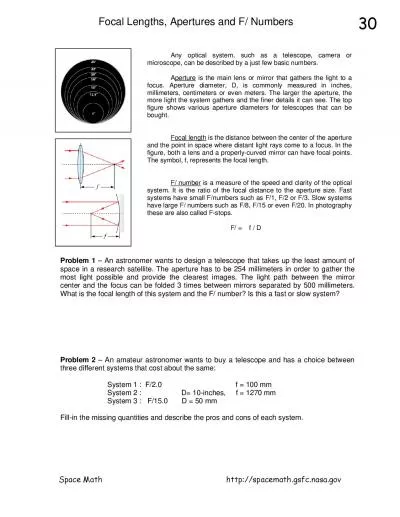PPT-Modern Optical Metrology Techniques used in James Webb Space Telescope
Author : cheryl-pisano | Published Date : 2018-09-22
Segment Optics and Space Instruments 1 Department of Electrical and Telecommunications Engineering New York City College of Technology 2 Instrument Systems and
Presentation Embed Code
Download Presentation
Download Presentation The PPT/PDF document "Modern Optical Metrology Techniques used..." is the property of its rightful owner. Permission is granted to download and print the materials on this website for personal, non-commercial use only, and to display it on your personal computer provided you do not modify the materials and that you retain all copyright notices contained in the materials. By downloading content from our website, you accept the terms of this agreement.
Modern Optical Metrology Techniques used in James Webb Space Telescope: Transcript
Download Rules Of Document
"Modern Optical Metrology Techniques used in James Webb Space Telescope"The content belongs to its owner. You may download and print it for personal use, without modification, and keep all copyright notices. By downloading, you agree to these terms.
Related Documents

